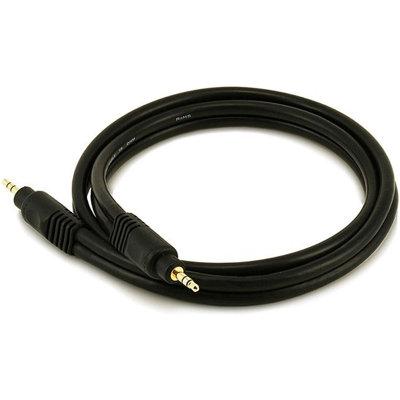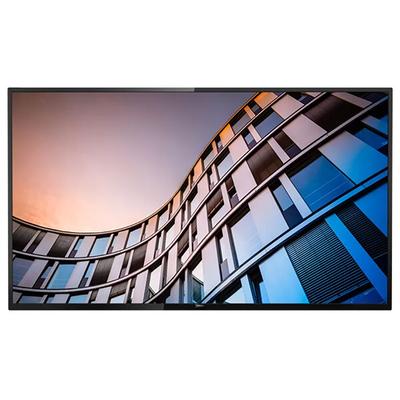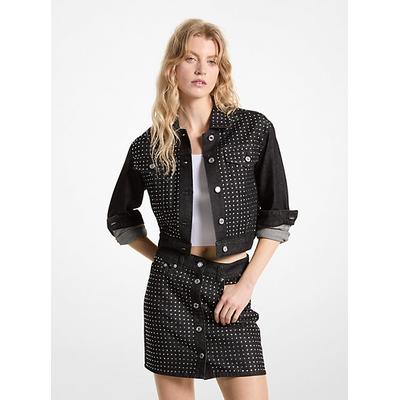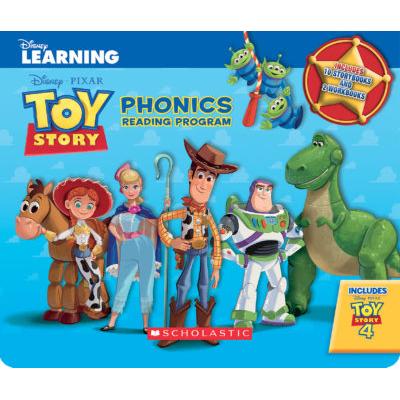8 easy steps to patent an idea

Federal governments grant inventors an exclusive right that gives them total ownership over their idea. These grants are called patents and provide protection for a period of time. To get a patent, the inventions must be concrete, useful, and unique. Naturally occurring substances and laws of nature, among others, cannot be patented under any circumstance. Some examples of patentable inventions include
- Medical devices
- Computer/tech products
- Chemical formulas
- Musical instruments
- Medications
Three different kinds of patents are recognized, they are
- Utility patent
Around 90 percent of all patent ideas fall under this type. New machines and processes qualify as a utility patent and are valid for 20 years from the date of filling. - Design patent
As the name suggests, this patent is granted to unique designs of a product or manufactured object. - Plant patent
The invention of a new and distinct variety of plant through means of asexual reproduction falls under this patent category.
How to fill a patent application form?
The regulatory authority for everything concerned with patents is the US Patent and Trademark Office (USPTO). It has laid down specific rules for filing applications, which are explained below:
- Explore the USPTO (and other) databases
It’s not entirely impossible that your invention could have already been patented earlier. So, before filling the application form, breeze through the USPTO database and a few other publications to ensure your product is indeed unique. - Reach out to a patent attorney
The USPTO recommends contacting a registered patent attorney for filing your application. This is because the process can get slightly challenging and an attorney can help avoid mistakes that could prove costly later. - Check the type you need
As explained earlier, there are three types of patent. So, determine which kind fits your idea. - Submit provisional patent application
Filing a provisional application allows you to claim the right over the invention before anyone else. - Electronic Filing System
The USPTO encourages inventors to fill their ideas through the Electronic Filing System (EFS-Web). It’s just as efficient as paper-based filing and allows authors to submit their inventions as is. - Prepare to present
In this step, you’ll need to explain your entire invention from scratch. This includes defining the objective, abstract, methodology, etc. We advise taking the advice of an attorney. - Review the application
After completing the application, review it time and again to make sure it explains your invention as perfectly as possible. - Patent process and approval
A patent examiner is assigned to every case. Working closely with them ensures that any of their doubts are quickly cleared and your application moves forward. Upon approval from the examiner, you or your attorney will be notified.
Recent Articles
Recent Questions
What kind of life insurance builds cash value?
The rest of the premium payment will go toward your policy's cash value. The life insurance company generally invests this money in a conservative-yield investment. As you continue to pay premiums on the policy and earn more interest, the cash value grows over the years.
What is meant by insurance plans?
An insurance plan is the one that consists of a premium amount and other components used in getting a product insured. There may be various types of insurance plans with varying terms and policies.
What are the common components of insurance?
The most important components of most insurance plans are the premium and the contract. Anything written in the contract becomes its crucial component.
What are the various types of insurance policies?
There are various kinds on insurance policies that are available on various assets. Auto, health, commercial vehicle, and travel insurance are some of the popular types of insurance policies.








